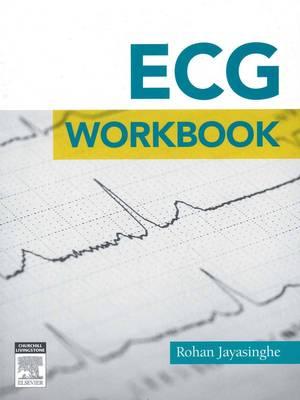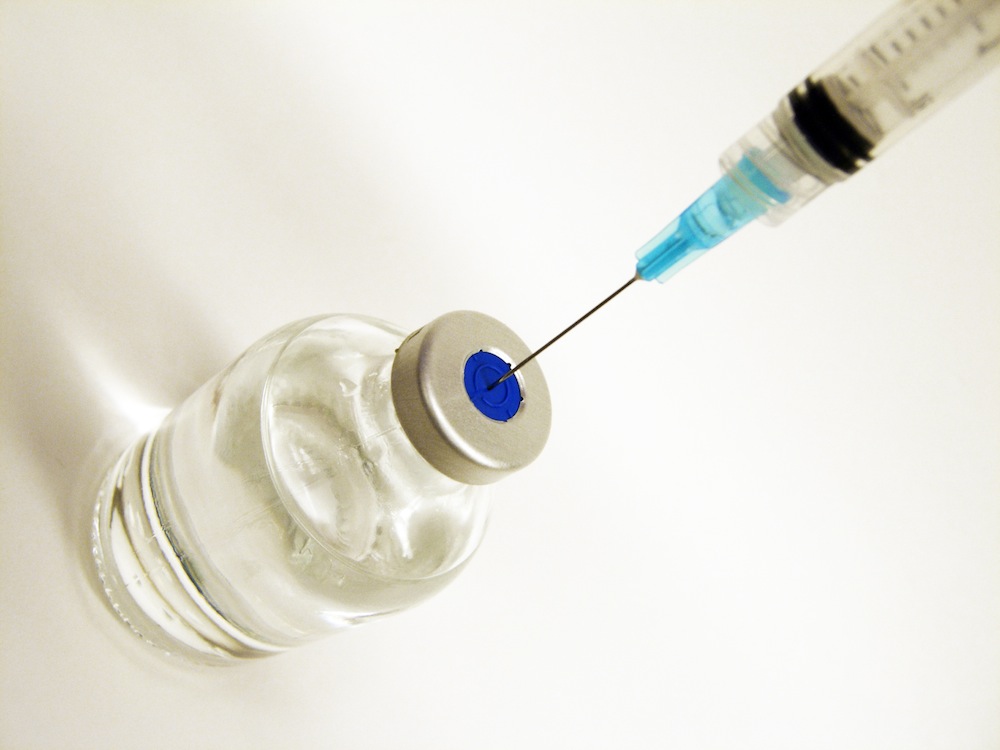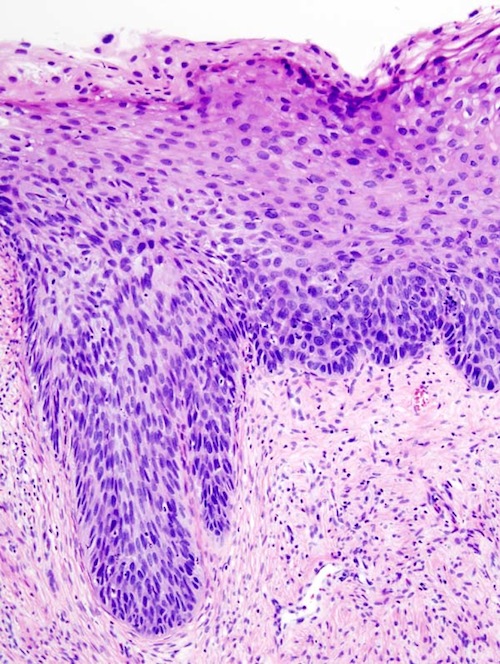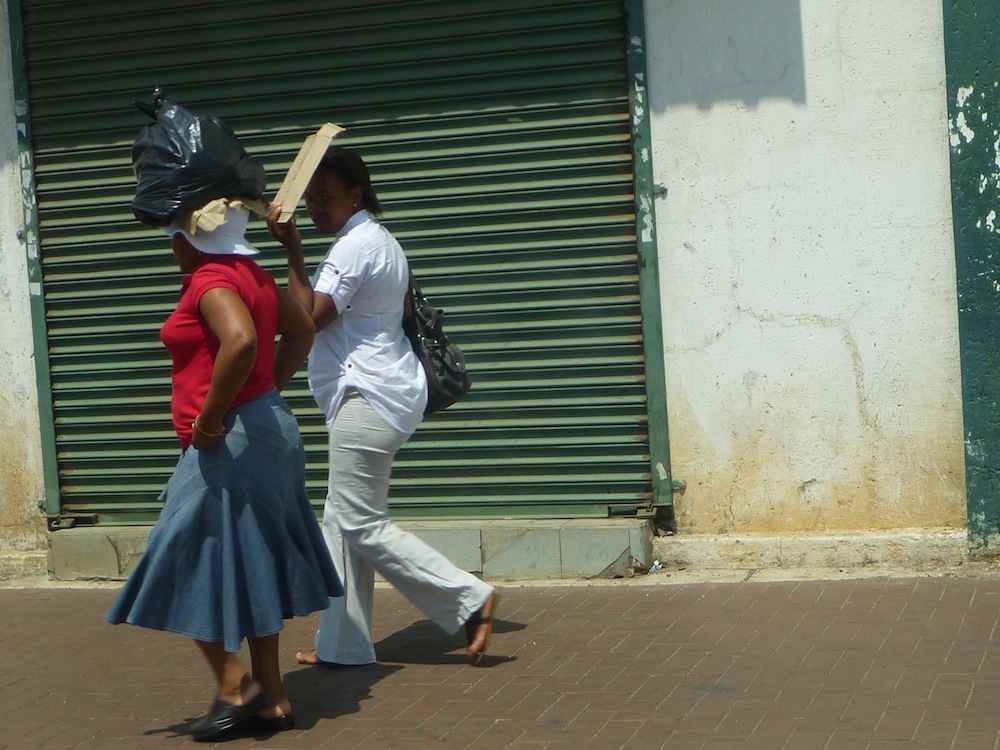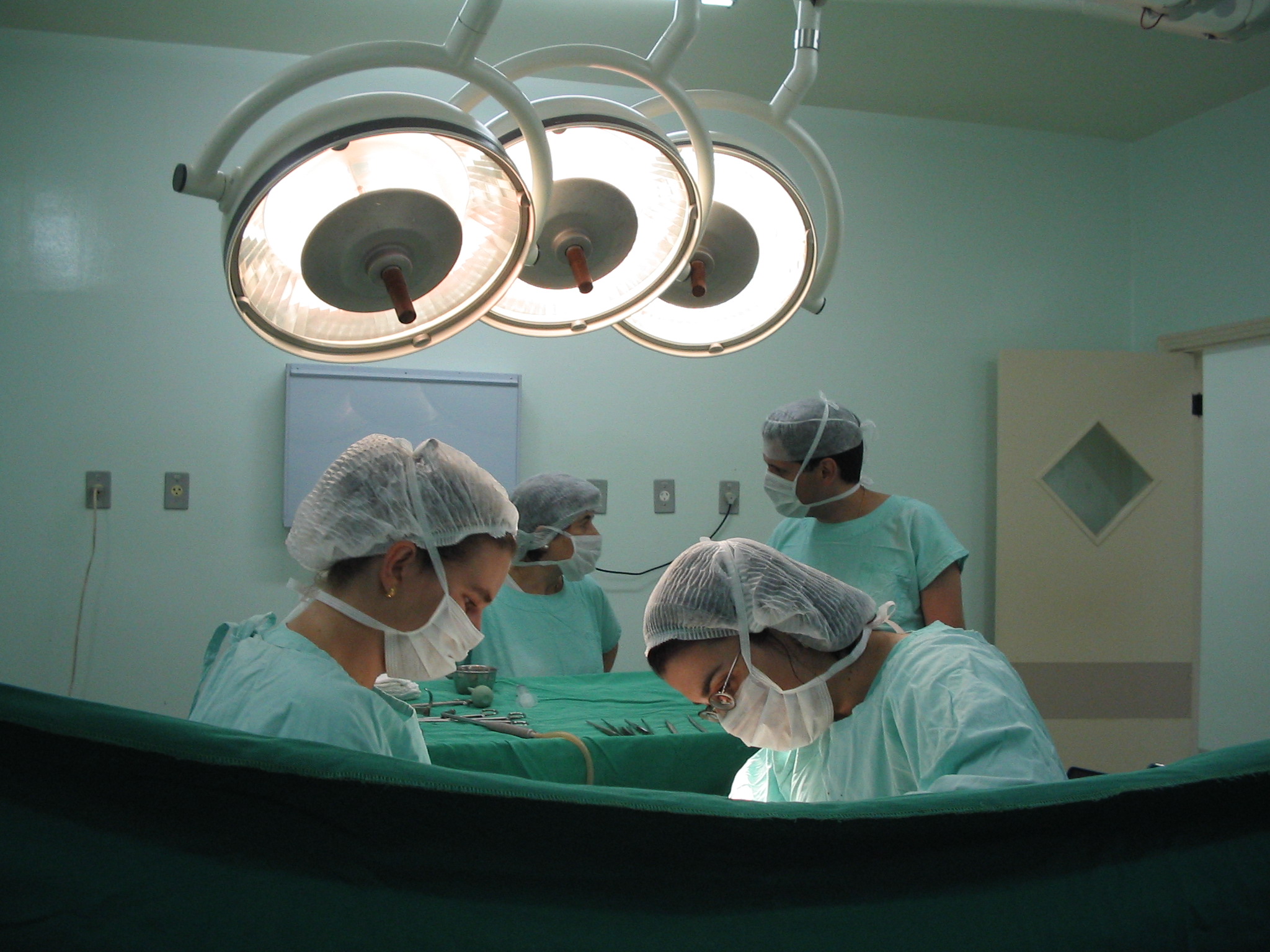This article reviews the potential for Physician Assistants (PAs) within Australia. An introduction to the PA role, training, and relevant history is included, as is motivation for considering implementation of the role within Australia. It specifically addresses the prospect of improving rural and Indigenous health services. The possible impact on other roles within Australia, including Nurse Practitioners and medical students, is also considered. Finally, it is concluded that larger trials are required to adequately assess the benefit of the profession to Australia.
Introduction to Physician Assistants
With the recent suspension of the Physician Assistant (PA) training programme at The University of Queensland, and reservations expressed by nursing and medical organisations, there is potential for ambiguity regarding the prospects of the profession in Australia. [1,2] Whilst the concept is relatively new to the country, it is well-established internationally, [3] and in the United States has mitigated certain deficits in health service provision. [4]
A PA is a licensed medical professional who operates within a set scope of practice under the authority of a supervising doctor. [5] Whilst they may complete tasks independently, the supervising doctor has final responsibility for the PA and the clinical care they provide. [4] The role is not designed to serve as an independent practitioner. [4] Thus, a PA’s scope of practice can vary significantly, depending on the health facility at which they are employed, the extent of further training undertaken, and the degree of clinical autonomy the supervising doctor is willing to allow. [4]
The concept of the PA was introduced in the 1960s in response to both a shortage and uneven geographic distribution of doctors within the United States. [4,6] The founder of the PA movement, Eugene Stead, initially intended an advanced nursing programme. However, the National League of Nursing rejected this proposal, prompting the utilisation of trained military medics as the pioneering class. [7] The first cohort of PAs graduated in 1967, [8] and since then a large number of tertiary institutions have commenced training programmes. [4]
Entry into training programmes is competitive, with at least two years of university study usually required as a pre-requisite. [4] Most candidates also have at least four years prior experience in a medically related field, having transitioned from allied health and nursing careers. [1,4] PAs train for an average of twenty-five months in a course now typically designed as a Masters level programme, representing an abridged version of traditional tertiary medical education. [4] Similar to other medical professionals, PAs are required to undergo continuing professional education and meet recertification requirements. [8] In the United States, the recertification period is currently six years, although this will be transitioning to ten years from 2014. [9]
The role of PAs includes taking patient histories, performing clinical exams, diagnostics, patient education, basic procedural work such as suturing, and providing general assistance to doctors as required. [4] PAs may also complete more advanced tasks under the delegated authority of doctors, including endoscopy, critical care, and specialist outpatient clinics. [10-12] Importantly, evidence shows that in specific clinical situations PAs can provide a level of care comparable to doctors. [4]
The significance of the PA role to the United States health care system is clear, with over seventy thousand practising in 2010. The profession has expanded consistently since 1991, with graduates from over 150 accredited training facilities set to see in excess of ninety thousand PAs in the United States by 2014. Growth in the profession is predicted to continue, with numbers estimated to exceed 125 000 by 2025. [13]
Motivation for considering the role in Australia
The PA role has been discussed as a potential solution to problems facing the medical workforce in Australia and, although small in size, results of trials in Queensland and South Australia have been encouraging. [12,14] The 2008 Parliamentary Library report and 2011 Health Work Force Australia report have also recommended the profession be considered given the challenges facing medical care in Australia. [12,14] An ageing population, increased patient expectations and the burden of chronic disease all place considerable strain on a system already understaffed, whose employees are demanding more work-life balance than before. [15,16] The size of this problem is clear, with estimates that by 2025 over twenty percent of the total workforce in Australia would need to be employed in the health system to maintain services at their current level. [17] The response has been to increase medical graduate numbers and recruit doctors internationally, yet with demand set to exceed supply, PAs represent a possible solution to Australia’s expanding medical workforce requirements. [18] Arguments have also been made that PAs could decrease Australia’s reliance on International Medical Graduates (IMGs), which would be a move toward “self reliance” as recommend by the National Health Workforce Strategic Framework in 2004. [19,20]
Although the workforce shortage is a serious issue, perhaps a greater concern is the financial sustainability of the health care system. In 2009, approximately ten percent of Australia’s Gross Domestic Product (GDP) was spent on health care. [19] This is expected to growth at a rate of 0.5% per year, meaning health expenditure will account for twenty percent of Australia’s GDP by 2020. [19] Therefore, in an effort to achieve sustainability, avenues to mitigate this rising financial burden must be explored. This provides motivation to consider the PA role within Australia, especially given evidence demonstrating their potential cost-effectiveness. [18,21-23]
The 2011 Health Work Force Australia report indicated a number of possible roles for PAs in Australia, including providing services that have traditionally been the sole domain of doctors. [1] Whilst this may seem like a new paradigm, the concept of dispersing such knowledge and expertise amongst various members of the health workforce is not new to Australia. Such change can already be seen in the medical profession with the development of General Practitioner (GP) proceduralists who, particularly in rural areas, perform tasks previously only completed by specialists. [24] This dynamic practice has been essential to ensuring service viability in rural areas, including maintaining obstetric services. [24] Paramedics have also been shifting towards a more professional role, utilising expanded skills bases, and in some instances having admission rights to hospitals. [25,26] The Nurse Practitioner (NP) role has also expanded within Australia, and NPs now complete extended patient assessments, prescribe certain items independently, and collaborate with doctors where required. [27] Whilst there are some reservations about the expanding scope of practice for non-doctor roles, the success of such redistribution of tasks in Australia provides motivation to review the way in which medical care is provided. [28] However, to ensure quality of care and patient safety, this should continue forward with consultation from appropriate medical governing bodies. [27,29]
The potential role of Physician Assistants in rural Australia
Rural communities in Australia currently experience significant disadvantage in accessing health care, with staffing shortages being exacerbated by an uneven distribution of practitioners that favours metropolitan areas. [2] This issue is set to be compounded by an ageing rural workforce and resultant practitioner retirement. [1] To a large extent IMGs have helped minimise this effect, with over half of doctors working in areas classified as small rural to remote being trained internationally. [2] However, evidence suggests that IMGs bonded to work in rural Australia tend to be dissatisfied both personally and professionally, [30] demonstrating a clear need to find a sustainable rural health workforce. This provides a perfect niche to utilise PAs, with some research in the United States showing that as a profession PAs may be more willing than doctors to move to areas of need, including rural locations. [18] Such use of PAs to mitigate rural health workforce shortages is supported by both the Australian College of Rural and Remote Medicine and the National Rural Health Alliance. [18]
In an Australian rural pilot trial in Cooktown, PAs significantly reduced the requirement for doctor overtime despite increased caseload. This shows potential to reduce doctor fatigue and consequently the rural attrition rate, which is essential to ensure continued viability of rural health services. [14] The potential benefit of PAs was further seen in a Mt. Isa trial, which coincided with an H1N1 outbreak. During this time period, PAs conducted a fast-tracked clinic to decrease the burden on emergency physicians. [14] The benefit of their input continued over the following months, with Emergency Department presentations, particularly in the lower triage categories, decreasing following initiation of a PA-led primary care clinic. [14]
Furthermore, PAs have the potential to improve Indigenous health services. In the Queensland pilot, PAs at Wujal Wujal, Karumba and Normanton at times worked under remote delegation, improving access of the local Indigenous community to health professionals. [2] If expanded, this could yield an important step forward in health equity by ensuring that medical professionals are on-site to deliver the services these areas require. However, patient feedback regarding this service was difficult to obtain, with very few Aboriginal and Torres Strait Islander (ATSI) patients completing the feedback survey. [2] Scope of practice for PAs at one trial site was also restricted for ATSI children, requiring approval from a supervising physician before initiation of any therapy for patients below a pre-determined age. This was prophylactic rather than in response to any actual breach of care, on the basis that presentations of children in this group often do not reflect the true breadth of underlying illness. [2] It should, however, be remembered that PAs participating in the trial were trained internationally. If PAs were trained locally in programmes designed to meet the health needs of Australian populations, such measures are unlikely to be necessary.
The Queensland PA trials yielded no safety or treatment concerns over twelve months. However, due to their size, limited analysis, and issues regarding scope of practice, the benefit of the role to the local health system was unable to be completely established. Therefore, given the potential utility, further study should be completed to demonstrate if PAs can adequately address the rural and Indigenous workforce shortage. For these trials to adequately assess the role in rural Australia, implementation of a proper support network and a change in legislation, particularly surrounding prescribing rights, would be required. [14,31]
Further potential roles of Physician Assistants in Australia
PAs could also increase the capacity of procedural units by taking responsibility for low-risk routine tasks such as endoscopy, running specialised outpatient clinics, and providing early assessment of new cases in emergency departments, allowing doctors to focus on more complex tasks. [2,10,18] The same is true of general practice, where PAs have been shown capable of managing the majority of minor cases to a similar level of care as GPs. [32] In a recent United Kingdom-based study, PAs were shown to expand the capacity of trial sites to provide primary care to their local population. [32] Specific tasks performed by PAs in this trial included follow up of laboratory results, basic procedural work, completing PAP smears, and patient education. One major difficulty encountered was the inability to prescribe under current legislation, which has also been reflected in Australian trials. [32]
Concerns regarding impact on other roles in the Australian health care system
Concerns have been voiced that PAs may encroach on the role currently held by Nurse Practitioners (NPs) including the Rural and Isolated Practice Registered Nurse role, which was specifically designed to meet rural needs. [2,31] Counter-arguments have been made that the NP role is protocol-driven and based on a nursing model of care, whilst the PA role is based on the medical model with a greater emphasis on diagnostics; therefore, unique roles for both professions could be determined. [2] Despite this, the overlap between the two roles is significant. [5,14,38] As such, further trials of PAs must examine the impact on the NP profession, which is now well-developed within Australia. [2]
In terms of quality of care, numerous studies have shown that in certain areas of clinical practice, NPs, PAs and doctors achieve similar clinical outcomes and a similar degree of patient satisfaction. [4,
34-38] Therefore, given the proven NP role, unless evidence is produced demonstrating enhanced quality of care or ability to undertake tasks not performed by NPs, the cost of implementing this profession in Australia’s health care system cannot be justified. Even if such novel roles or quality addition could be proven, the cost of introducing and sustaining PAs including physician supervision demands careful cost-benefit analysis. [31] This is particularly important in the current era of unsustainable medical expenditure. Furthermore, as Australia continues to face a so-called “tsunami” of medical students, the requirement for further low- to mid-level clinical roles, particularly those not yet well-established, must be seriously reviewed.
The effect on physician and medical student training must also be determined, particularly given the increased numbers of medical graduates. The National Health Workforce Taskforce report illustrated the extent of this problem, estimating that in comparison to 2005, in 2013 over 600 000 more medical placement days per annum will be required to train undergraduates. [2] Therefore, as the role of PAs is examined, it is essential to ensure junior doctor and medical student training is not impaired. There are as-yet unsubstantiated claims that PAs may allow more time for senior clinicians to teach. [2,14] However, more research and consideration into this as it applies to the Australian context is warranted. [2] This is particularly important as, despite large increases in the numbers of medical graduates, a significant proportion of senior consultants are approaching retirement age. [39] This may lead to diminished clinical exposure for medical students, a situation which could be further exacerbated should consultants also be tasked with fulfilling PA teaching and ongoing supervision requirements. This is an issue already considered in the Queensland pilot trials, where PA scope of practice for certain procedural skills was limited to ensure junior doctors gained the necessary experience. [2]
Conclusion
Trials in Australia regarding PAs have been limited and utilised internationally-trained recruits with proven clinical acumen. [2,12,14] Therefore, despite encouraging results, larger trials are required to determine their potential to benefit the Australian health care system. Even if the conclusion was drawn that the implementation of PAs was the best way to meet the requirements of the Australian health care system, there are still multiple barriers that would need to be addressed. These include setting up appropriate prescribing rights under the Pharmaceutical Benefits Scheme, without which their effectiveness would be severely limited. [12] The potential for roles in rural and remote communities and procedural work seems encouraging. [2,17] However, concerns regarding the impact on the proven NP role and medical student training must be addressed in further trials before conclusions can be drawn on the wider impact of implementation in Australia. [2,31]
Conflict of interest
None declared.
Acknowledgements
Natasha Duncan: for proofreading and providing constructive feedback.
Correspondence
B Powell: benjamin.powell@uqconnect.edu.au
References
[1] Miller M, Siggins I, Thomson N, Fowler G, Bradshaw S. The potential role of Physician Assistants in the Australian context, Volume 1: Final Report. Adelaide: Health Workforce Australia; 2011 Nov. 39 p. Available from: http://www.hwa.gov.au/sites/uploads/hwa-physician-assistant-report-20120816.pdf.
[2] Urbis. Evaluation of the Queensland Physician’s Assistant Pilot – Final Report. Queensland: Urbis Pty Ltd; 2010 Aug. 61 p. Report No.: 17.
[3] Hooker RS, Hogan K, Leeker E. The globalization of the physician assistant profession. J Physician Assist Educ. 2007; 18(3): 76–85.
[4] Mittman DE, Cawley JF, Fenn WH. Physician assistants in the United States. Br Med J. 2002; 325: 485–7.
[5] Everett CM, Schumacher JR, Wright A, Smith MA. Physician assistants and nurse practitioners as a usual source of care. J Rural Health. 2009; 25(4): 407–14.
[6] Frossard LA, Liebich G, Hooker RS, Brooks PM, Robinson L. Introducing physician assistants into new roles: international experiences. Med J Aust. 2008; 188(4): 199–201.
[7] Jolly R. Health workforce: a case for physician assistants? Canberra: Parliamentary Library; 2008 Mar. 48 p.
[8] Hutchinson L, Marks T, Pittilo M. The physician assistant: would the US model meet the needs of the NHS? Br Med J. 2001; 323(7323): 1244–7.
[9] New certification process review [Internet]. National Commission on Certification of Physician Assistants; 2012 [cited 2013 Jan 19]. Available from: http://www.nccpa.net/CertMain.aspx.
[10] Newman HH, Smit DV, Keogh MJ, Stripp AM, Cameron PA. Emergency and acute medical admissions: insights from US and UK visits by a Melbourne tertiary health service. Med J Aust. 2012; 196(2): 101–3.
[11] Doan Q, Sabhaney V, Kissoon N, Sheps S, Singer J. A systematic review: The role and impact of the physician assistant in the emergency department. Emerg Med Australas. 2011; 23(1): 7-15.
[12] Ho B, Maddern G. Physician assistants: employing a new health provider in the South Australian health system. Med J Aust. 2011; 194 (5): 2568.
[13] Hooker RS, Cawley JF, Everett CM. Predictive modeling the physician assistant supply: 2010–2025. Public Health Rep. 2011; 126: 708-16.
[14] Kurti L, Rudland S, Wilkinson R, DeWittB D, Zhang C. Physician’s assistants: a workforce solution for Australia? Aust J Prim Health. 2011; 17: 23–8.
[15] Brooks P, Ellis N. Health workforce innovation conference. Med J Aust. 2006; 184(3): 105-6.
[16] Hooker R. The future of the physician assistant movement. Med J Aust. 2010; 192(3): 116.
[17] Brooks PM, Robinson L, Ellis N. Options for expanding the health workforce. Aust Health Rev. 2008; 31(1): 156-60.
[18] Hooker R, O’Connor T. Extending rural and remote medicine with a new type of health worker: Physician assistants. Aust. J. Rural Health. 2007; 15: 346–51.
[19] Gorman DF, Brooks PM. On solutions to the shortage of doctors in Australia and New Zealand. Med J Aust. 2009; 190(3): 152-6.
[20] Carver P. Self Sufficiency and International Medical Graduates – Australia. Victoria: National Health Workforce Taskforce; 2008 Sep. 23 p.
[21] Ho P, Pesicka D, Schafer A, Maddren G. Physician assistants: trialling a new surgical health professional in Australia. ANZ J Surg. 2010; 80(6): 430-7.
[22] Hooker RS. Physician assistants and nurse practitioners: the United States experience. Med J Aust. 2006; 185(1): 4-7.
[23] Laurant B, Harmsen M, Wollersheim H, Grol R, Faber M, Sibbald B. The impact of non physician clinicians : Do they improve the quality and cost-effectiveness of health care services? Med Care Res Rev. 2009; 66: 36S-88S.
[24] Robinson M, Slaney GM, Jones GI, Robinson JB. GP proceduralists: ‘the hidden heart’ of rural and regional health in Australia. Rural Remote Health. 2010; 10: 1402.
[25] Blacker N, Pearson L, Walker T. Redesigning paramedic models of care to meet rural and remote community needs. Paper presented at: The 10th National Rural Health Conference; 2009 May 17-20; Cairns, Australia.
[26] O’Meara PF, Tourle V, Stirling C, Walker J, Pedler D. Extending the paramedic role in rural Australia: a story of flexibility and innovation. Rural Remote Health. 2012; 12: 1978.
[27] Carryer J, Gardner G, Dunn S, Gardner A. The core role of the nurse practitioner: practice, professionalism and clinical leadership. J Clin Nurs. 2006; 16: 1818-25.
[28] Lawson K, Gregory A, Van Der Weyden M. The medical colleges in Australia: besieged but bearing up. Med J Aust. 2005; 183(11/12): 646-51.
[29] Kidd MR, Watts IT, Mitchell CD, Hudson LG, Wenck BC, Cole NJ. Principles for supporting task substitution in Australian general practice. Med J Aust. 2006; 185(1): 20-22.
[30] McGrail MR, Humphreys JS, Joyce CM, Scott A. International medical graduates mandated to practice in rural Australia are highly unsatisfied: results from a national survey of doctors. Health Policy. 201; 108(2-3): 133-9.
[31] Bosley S, Dale J. Healthcare assistants in general practice: practical and conceptual issues of skill-mix change. Br J Gen Pract. 2008; 58(547):120-4.
[32] Parle JV, Ross NM, Doe WF. The medical care practitioner: developing a physician assistant equivalent for the United Kingdom. Med J Aust. 2006; 185(1): 13-7.
[33] Tuaoi L, Cashin A, Hutchinson M, Graham I. Nurse Practitioner preparation: is it time to move beyond masters level entry in Australia? Nurse Educ Today. 2011; 31(8): 738-42.
[34] Mundinger MO, Kane RL, Lenz ER, Totten AM, Tsai W, Cleary PD, Friedwald WT, Siu AL, Shelanski ML. Primary outcomes in patients treated by nurse practitioners or physicians. J Am Med Assoc. 2000; 283(1): 59-68.
[35] Lenz ER, Mundinger MO, Kane RL, Hopkins SC, Lin SX. Primary care outcomes in patients treated by nurse practitioners or physicians: two-year follow-up. Med Care Res Rev. 2004; 61(3): 332-51.
[36] Roy CL, Liang CL, Lund M, Boyd C, Katz JT, McKean S, Schnipper JL. Implementation of a physician assistant/hospitalist service in an academic medical center: Impact on efficiency and patient outcomes. J Hosp Med. 2008; 3(5): 361-8.
[37] Lesko M, Young M, Higham R. Managing inflammatory arthritides: Role of the nurse practitioner and physician assistant. J Am Acad Nurse Pract. 2010; 22(7): 382-92.
[38] Hooker RS, Everett CM. The contributions of physician assistants in primary care systems. Health Soc Care Community. 2012; 20(1): 20-31.
[39] Schofield DJ, Fletcher SL, Callander EJ. Ageing medical workforce in Australia – where will the medical educators come from? Hum Resour Health. 2009; 7: 82.
